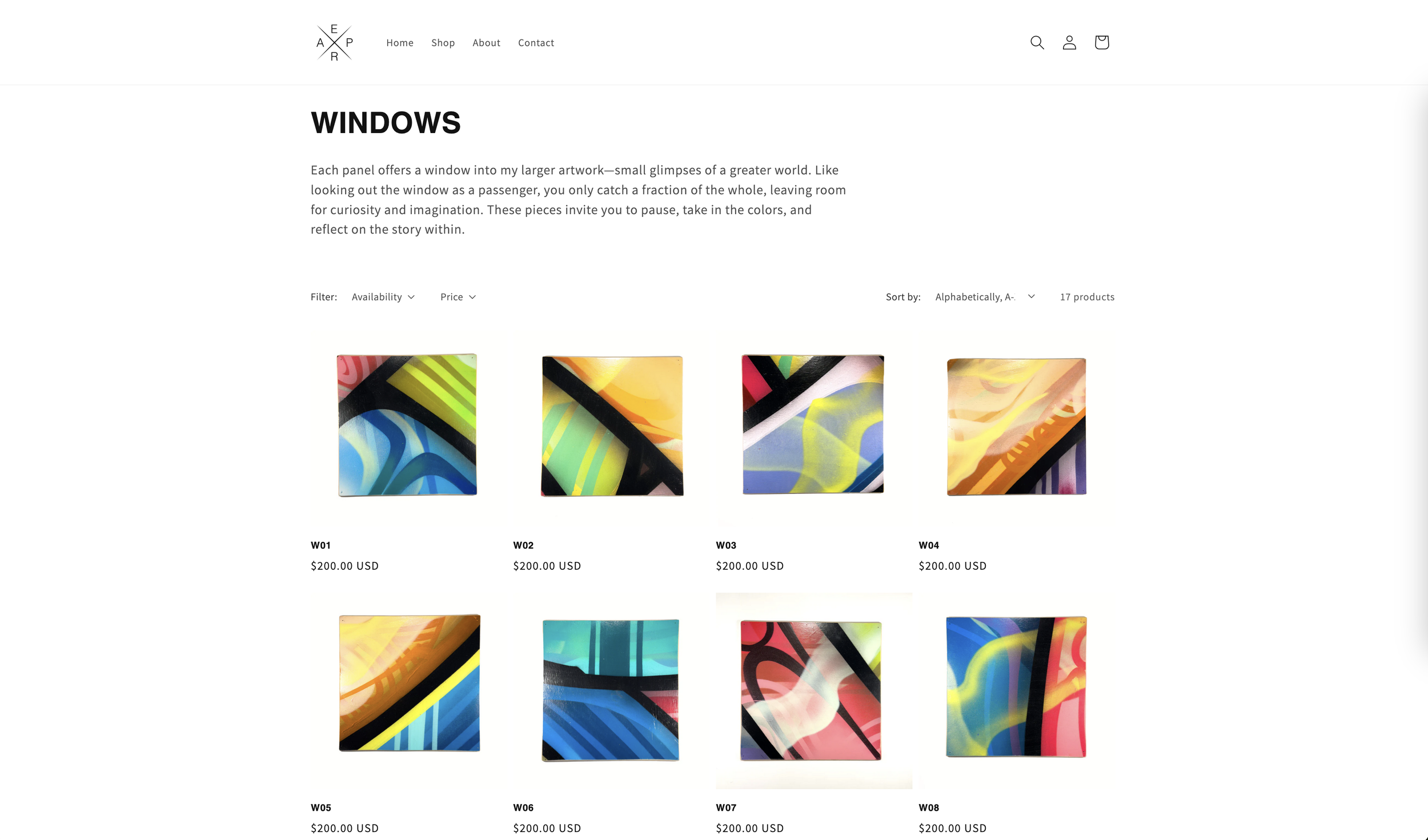
APEXER
WORLD RENOWNED ARTIST AND BRAND
Apexer, a globally recognized street artist with over 30 years of cultural capital, emerged from the post-COVID landscape with more than credibility—he had gravitational pull. But in a civic ecosystem where institutions were losing cultural relevance and artists were reimagining their roles, legacy wasn’t enough. The question was no longer, “Is Apexer respected?” It was, “Is the infrastructure around him ready to scale what he now represents?”
Seeqer was brought in not to elevate his brand, but to architect its evolution—from solo artist to cultural operator. This wasn’t a matter of marketing, it was a matter of cultural readiness: restructuring the narrative, economic, and spatial systems around him to match the scale of his impact.
The Challenge: From Static Credibility to Adaptive Force
Apexer’s name carried weight, but the systems around him didn’t. His digital presence was legacy-focused. His studio operated like a private sanctuary. His brand identity was still being interpreted as “artist,” despite functioning as a cultural convener, creative director, and architectural thinker. The risk wasn’t irrelevance—it was misalignment. Without strategic scaffolding, his multi-dimensional work risked fragmenting his public perception, limiting both narrative control and strategic leverage.
Intervention 1: Narrative Infrastructure & Digital Synchronization
Seeqer’s first move was to synchronize perception with practice. We repositioned Apexer not as a solo artist, but as a cultural architect operating across multiple systems—art, community, spatial programming, and narrative design.
A new website became a narrative control node—not a portfolio, but a live operating system.
Monthly drops created temporal structure, turning sporadic launches into rhythmic cultural pulses.
Content cycles replaced promotional bursts with continuous storylines—sustaining both relevance and ritual.
This wasn’t content marketing. It was narrative governance—realigning Apexer’s public footprint with the true force of his work.
Intervention 2: Spatial Agility & Community Immersion
The studio, once a private creative lab, became a cultural switchboard. We engineered a shift from static workspace to adaptive civic infrastructure called WAVI.
Events like Paint and Learn and private dinners weren’t just brand expressions—they were trust rituals, bridging high-net-worth audiences and grassroots communities.
DJ-led nightlife gatherings made the space porous—transforming Apexer’s presence into a social rhythm, not just an artistic one.
The studio itself became a modular civic tool: workspace by day, cultural convening engine by night.
This reclassification of space created infrastructure agility—a CRI core variable—and turned the studio into a cultural multiplier.
Intervention 3: Dual-Market Positioning & Risk-Tolerant Brand Strategy
Most artists scale either into exclusivity or accessibility. Seeqer helped Apexer do both. We designed a bifurcated engagement model:
Collector-facing brand logic reinforced scarcity, legacy, and long-term asset value.
Community-facing activation created visibility, loyalty, and narrative saturation at the grassroots level.
The result? A brand that was layering. That dual coherence gave Apexer narrative control without dilution, expanding both his economic and cultural surface area.
This was a readiness recalibration. What Seeqer unlocked wasn’t visibility—it was structural alignment between Apexer’s embodied cultural power and the systems meant to carry it.
In a city where cultural collapse is accelerating, Apexer is now positioned not as a legacy artist—but as a stabilizing frequency in the civic signal chain.

